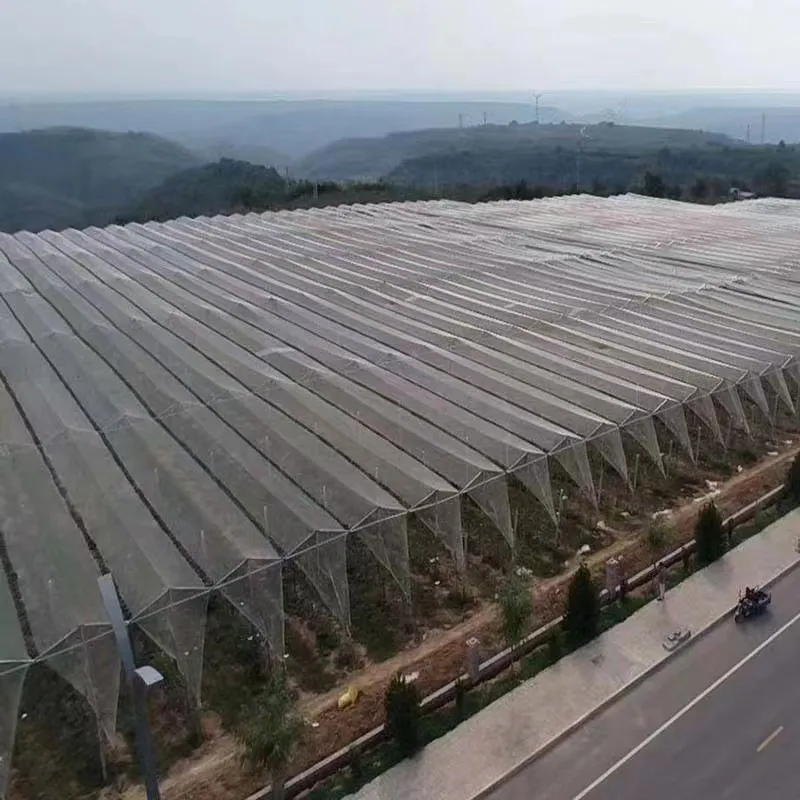-
 Afrikaans
Afrikaans -
 Albanian
Albanian -
 Amharic
Amharic -
 Arabic
Arabic -
 Armenian
Armenian -
 Azerbaijani
Azerbaijani -
 Basque
Basque -
 Belarusian
Belarusian -
 Bengali
Bengali -
 Bosnian
Bosnian -
 Bulgarian
Bulgarian -
 Catalan
Catalan -
 Cebuano
Cebuano -
 China
China -
 Corsican
Corsican -
 Croatian
Croatian -
 Czech
Czech -
 Danish
Danish -
 Dutch
Dutch -
 English
English -
 Esperanto
Esperanto -
 Estonian
Estonian -
 Finnish
Finnish -
 French
French -
 Frisian
Frisian -
 Galician
Galician -
 Georgian
Georgian -
 German
German -
 Greek
Greek -
 Gujarati
Gujarati -
 Haitian Creole
Haitian Creole -
 hausa
hausa -
 hawaiian
hawaiian -
 Hebrew
Hebrew -
 Hindi
Hindi -
 Miao
Miao -
 Hungarian
Hungarian -
 Icelandic
Icelandic -
 igbo
igbo -
 Indonesian
Indonesian -
 irish
irish -
 Italian
Italian -
 Japanese
Japanese -
 Javanese
Javanese -
 Kannada
Kannada -
 kazakh
kazakh -
 Khmer
Khmer -
 Rwandese
Rwandese -
 Korean
Korean -
 Kurdish
Kurdish -
 Kyrgyz
Kyrgyz -
 Lao
Lao -
 Latin
Latin -
 Latvian
Latvian -
 Lithuanian
Lithuanian -
 Luxembourgish
Luxembourgish -
 Macedonian
Macedonian -
 Malgashi
Malgashi -
 Malay
Malay -
 Malayalam
Malayalam -
 Maltese
Maltese -
 Maori
Maori -
 Marathi
Marathi -
 Mongolian
Mongolian -
 Myanmar
Myanmar -
 Nepali
Nepali -
 Norwegian
Norwegian -
 Norwegian
Norwegian -
 Occitan
Occitan -
 Pashto
Pashto -
 Persian
Persian -
 Polish
Polish -
 Portuguese
Portuguese -
 Punjabi
Punjabi -
 Romanian
Romanian -
 Russian
Russian -
 Samoan
Samoan -
 Scottish Gaelic
Scottish Gaelic -
 Serbian
Serbian -
 Sesotho
Sesotho -
 Shona
Shona -
 Sindhi
Sindhi -
 Sinhala
Sinhala -
 Slovak
Slovak -
 Slovenian
Slovenian -
 Somali
Somali -
 Spanish
Spanish -
 Sundanese
Sundanese -
 Swahili
Swahili -
 Swedish
Swedish -
 Tagalog
Tagalog -
 Tajik
Tajik -
 Tamil
Tamil -
 Tatar
Tatar -
 Telugu
Telugu -
 Thai
Thai -
 Turkish
Turkish -
 Turkmen
Turkmen -
 Ukrainian
Ukrainian -
 Urdu
Urdu -
 Uighur
Uighur -
 Uzbek
Uzbek -
 Vietnamese
Vietnamese -
 Welsh
Welsh -
 Bantu
Bantu -
 Yiddish
Yiddish -
 Yoruba
Yoruba -
 Zulu
Zulu
Exploring Dust Net Solutions for Construction Site Air Quality Management and Safety
The Role of DustNet in Construction A New Era of Environmental Monitoring
The construction industry is notorious for its considerable environmental impact, particularly in terms of dust emissions. As urban development accelerates around the world, managing air quality has become an increasingly pressing challenge. One innovative solution emerging in this field is DustNet, a network aimed at monitoring and controlling dust levels across construction sites. This article explores the importance of DustNet in construction, its implementation, and the broader implications for public health and environmental sustainability.
Understanding DustNet
DustNet is a sophisticated monitoring system designed to collect real-time data on airborne particulate matter in and around construction sites. Utilizing a network of sensors, DustNet can provide construction managers with immediate feedback about dust levels, enabling them to adapt their operations to minimize emissions. This proactive approach marks a significant shift from traditional methods of dust management that often depend on reactive measures, which can lead to significant lapses in air quality control.
The Importance of Dust Monitoring
Dust generated during construction activities poses a range of risks, ranging from respiratory problems among workers and residents to broader environmental concerns. Construction dust, which often contains hazardous materials such as silica, can lead to serious health issues, including lung disease and other chronic illnesses. By implementing systems like DustNet, construction companies can take responsibility for their impact on the environment and the health of nearby communities.
Furthermore, regulations surrounding air quality are becoming increasingly strict, with governmental agencies around the world imposing fines and penalties for non-compliance. By utilizing an advanced monitoring system, construction sites can ensure that they not only meet these regulations but often exceed them, thereby fostering a reputation of corporate responsibility and environmental stewardship.
Implementation of DustNet
dust net for construction

Integrating DustNet into construction operations involves several key steps. First, a comprehensive assessment of the site is conducted to identify the most vulnerable areas where dust emissions are likely to occur. Next, sensors are strategically placed throughout the site, focusing on locations with high vehicle traffic, material handling, and demolition activities. These sensors continuously collect data and transmit it to a centralized platform where it can be analyzed in real-time.
Construction managers can access this data via mobile applications or dashboards, allowing them to make informed decisions on-the-fly. For example, if dust levels exceed acceptable limits, managers can initiate dust suppression measures, such as increasing water spraying operations or modifying work schedules to less impactful times of the day.
Broader Implications
The benefits of DustNet extend beyond individual construction sites. By providing data that can be aggregated and analyzed over time, it contributes to a larger understanding of environmental trends and air quality issues across urban areas. This data can aid policymakers and urban planners in making informed decisions about development, zoning, and public health initiatives.
Moreover, DustNet fosters a culture of accountability and awareness regarding environmental impacts in the construction industry. When stakeholders—including developers, contractors, and the public—have access to real-time data, it encourages transparency and community involvement, ultimately leading to more sustainable construction practices.
Conclusion
As the construction industry faces increasing pressure to reduce its environmental footprint, systems like DustNet offer valuable solutions for monitoring and managing dust emissions. By leveraging technology to ensure real-time awareness of air quality, construction sites can operate more responsibly, protecting both worker health and community well-being. As urban environments continue to grow, the implementation of such innovative monitoring systems will be crucial in achieving a balance between development and environmental sustainability. DustNet is not just a tool; it represents a transformative approach to responsible construction in contemporary society.
-
Shipping Plastic Bags for Every NeedNewsJul.24,2025
-
Safety Netting: Your Shield in ConstructionNewsJul.24,2025
-
Plastic Mesh Netting for Everyday UseNewsJul.24,2025
-
Nylon Netting for Every UseNewsJul.24,2025
-
Mesh Breeder Box for Fish TanksNewsJul.24,2025
-
Expanded Steel Mesh Offers Durable VersatilityNewsJul.24,2025











